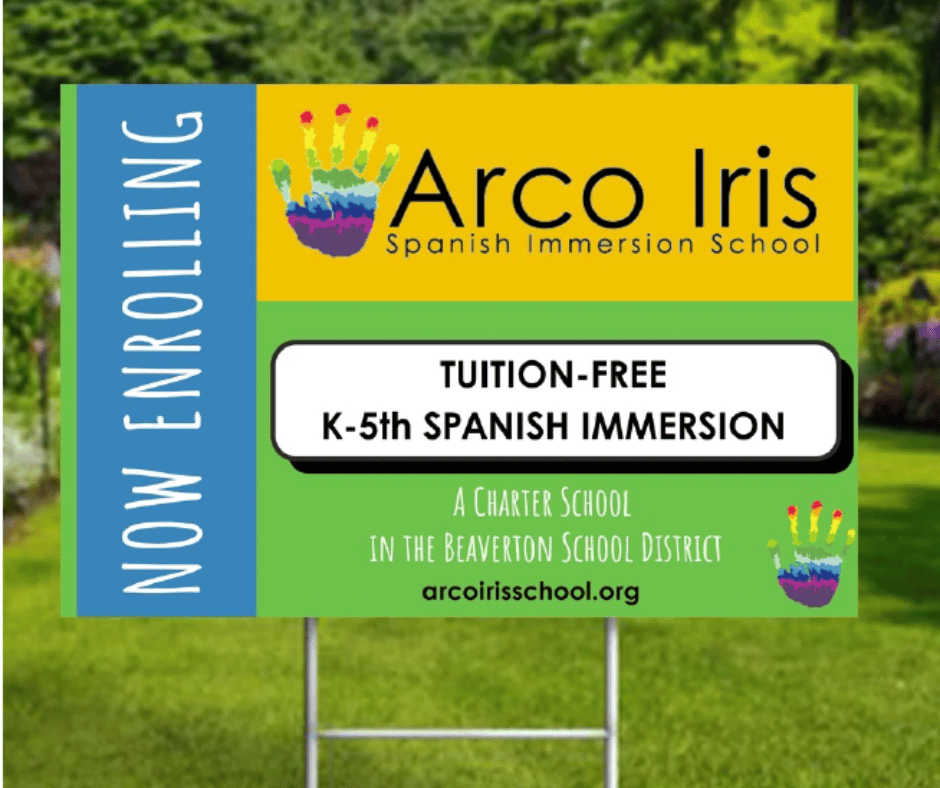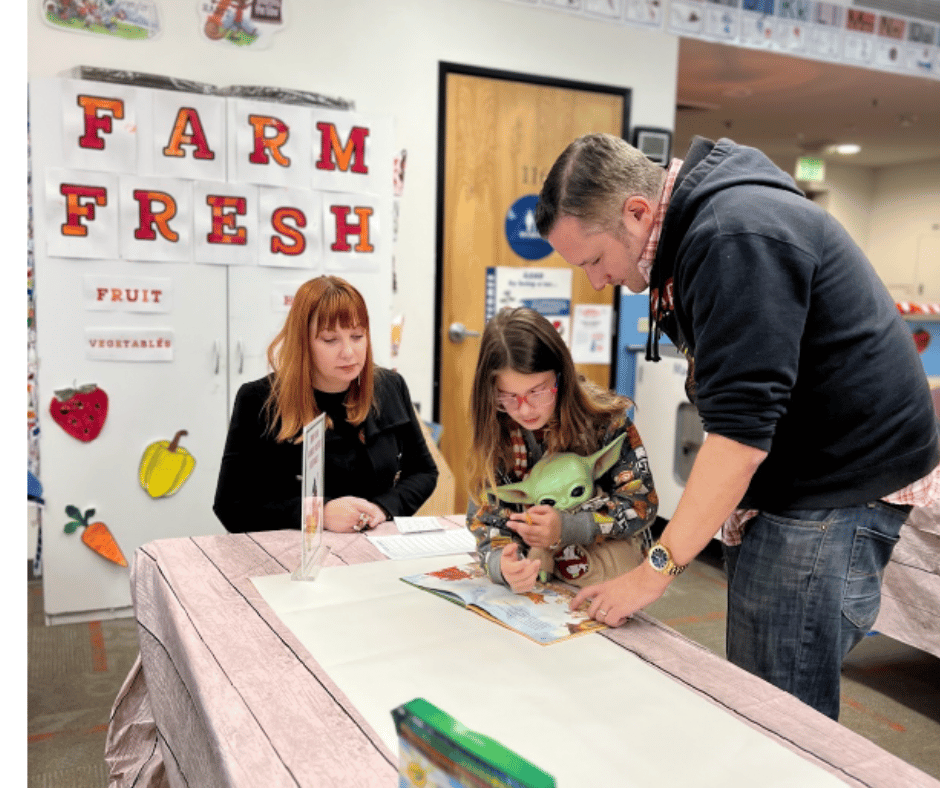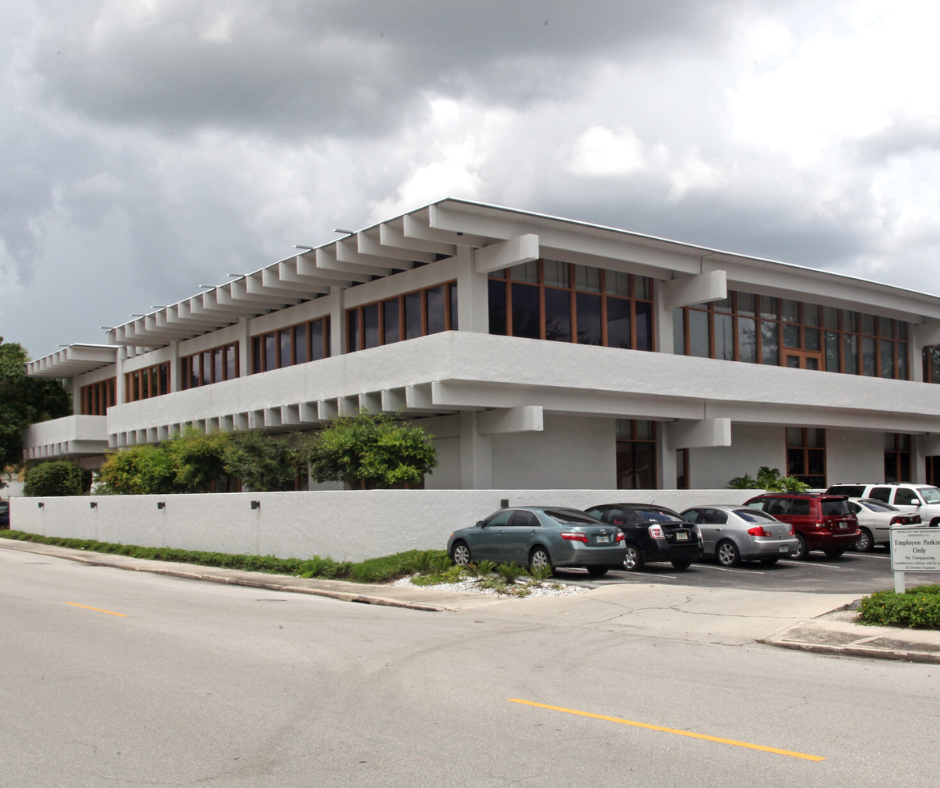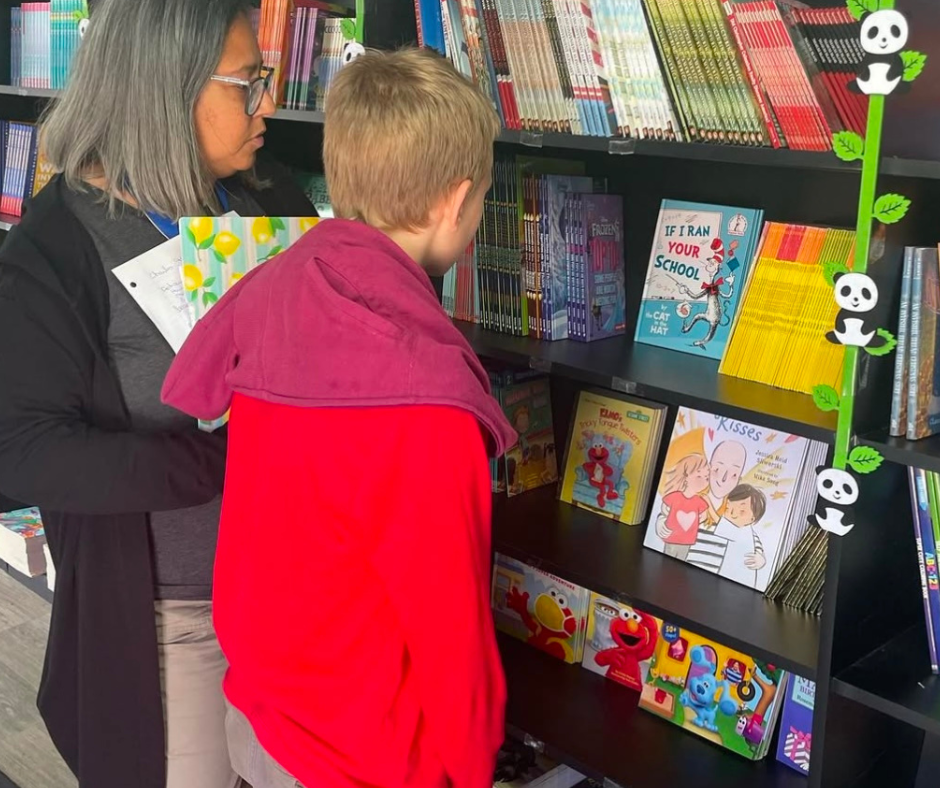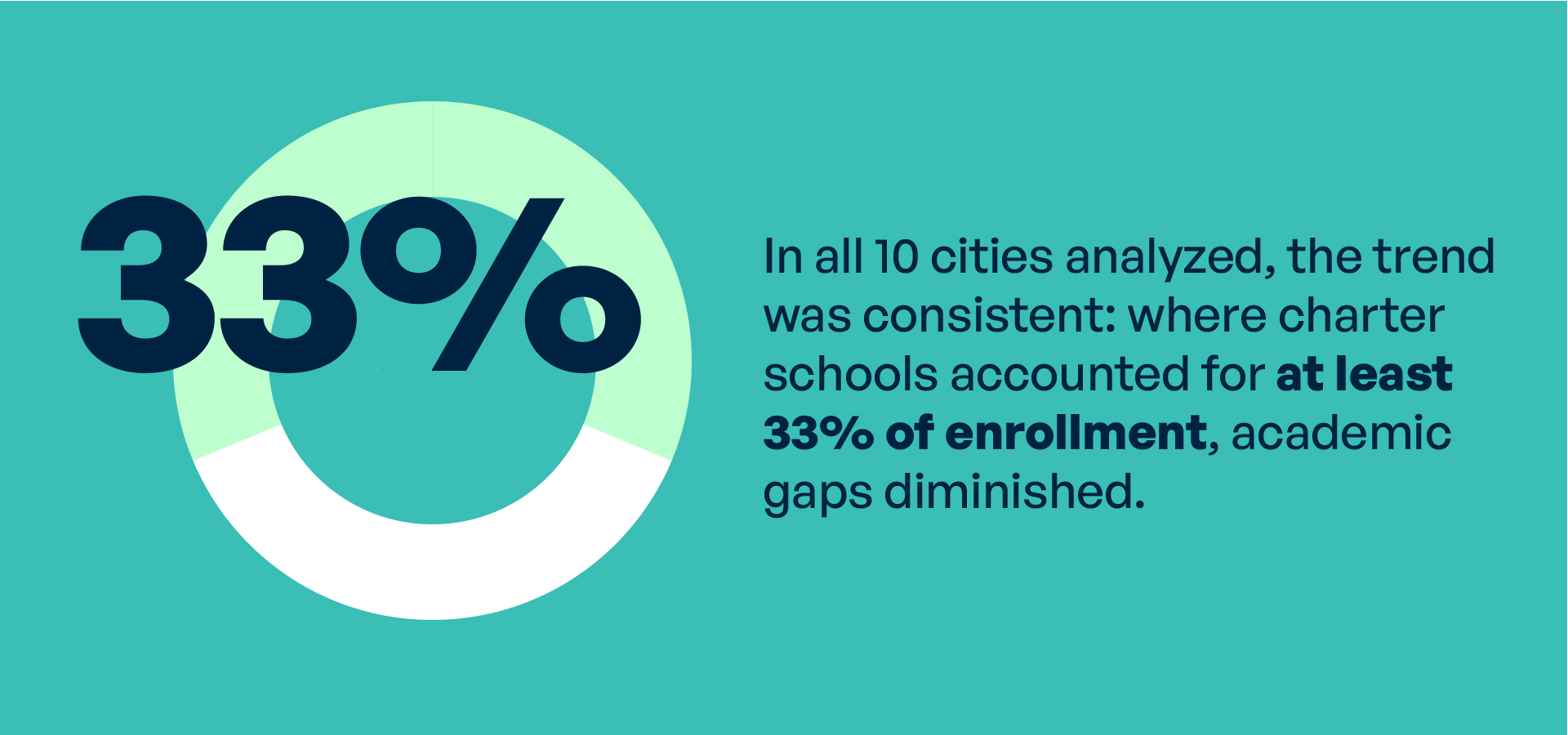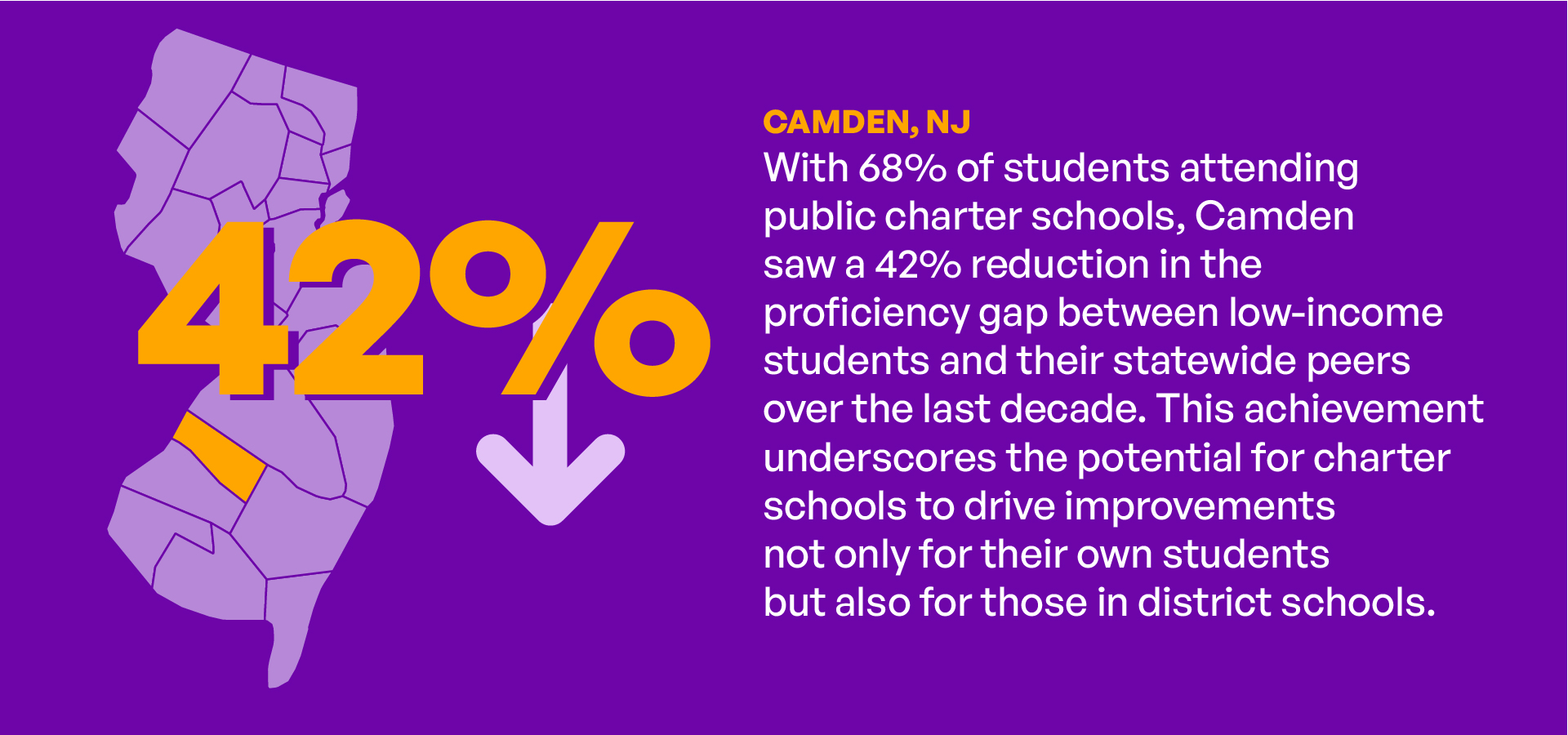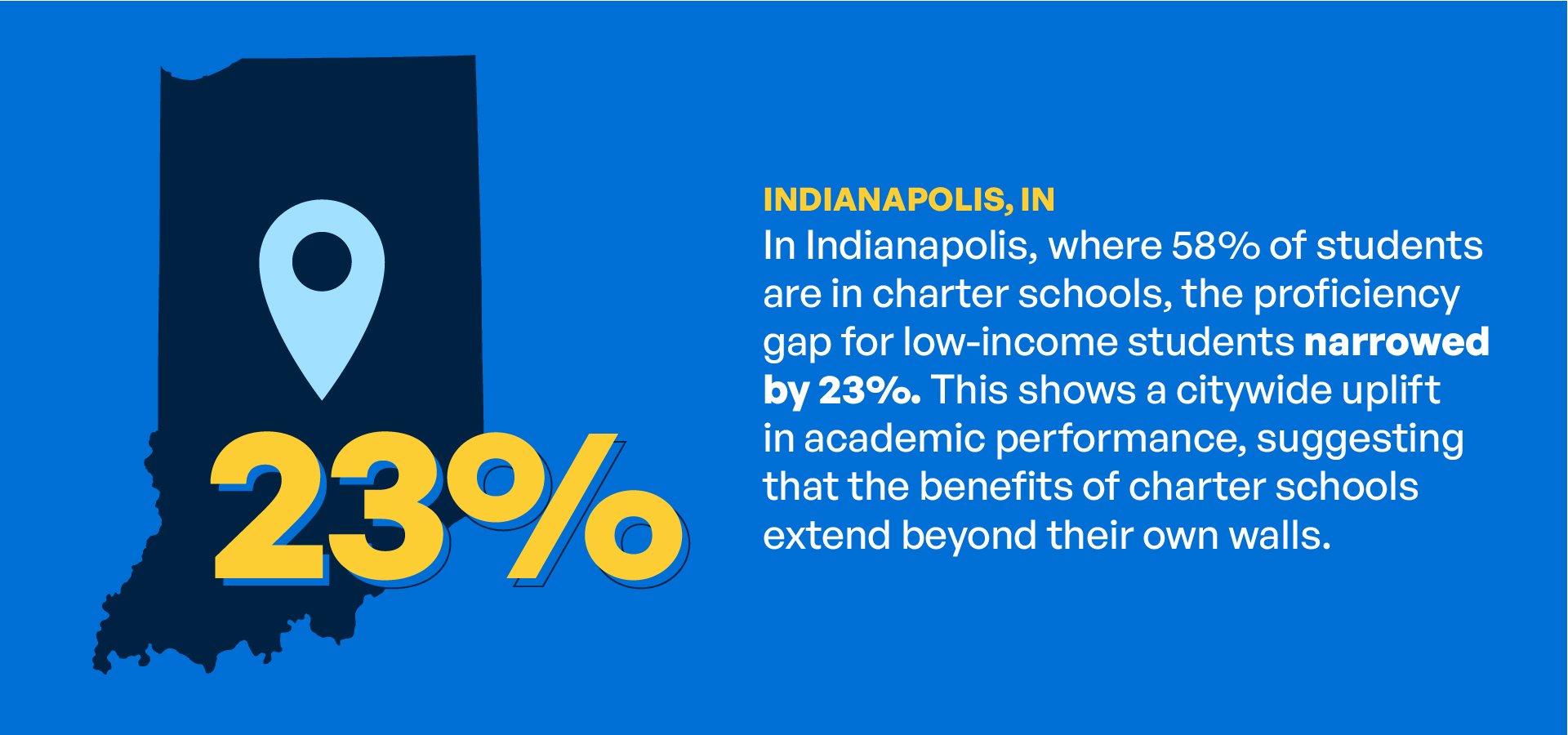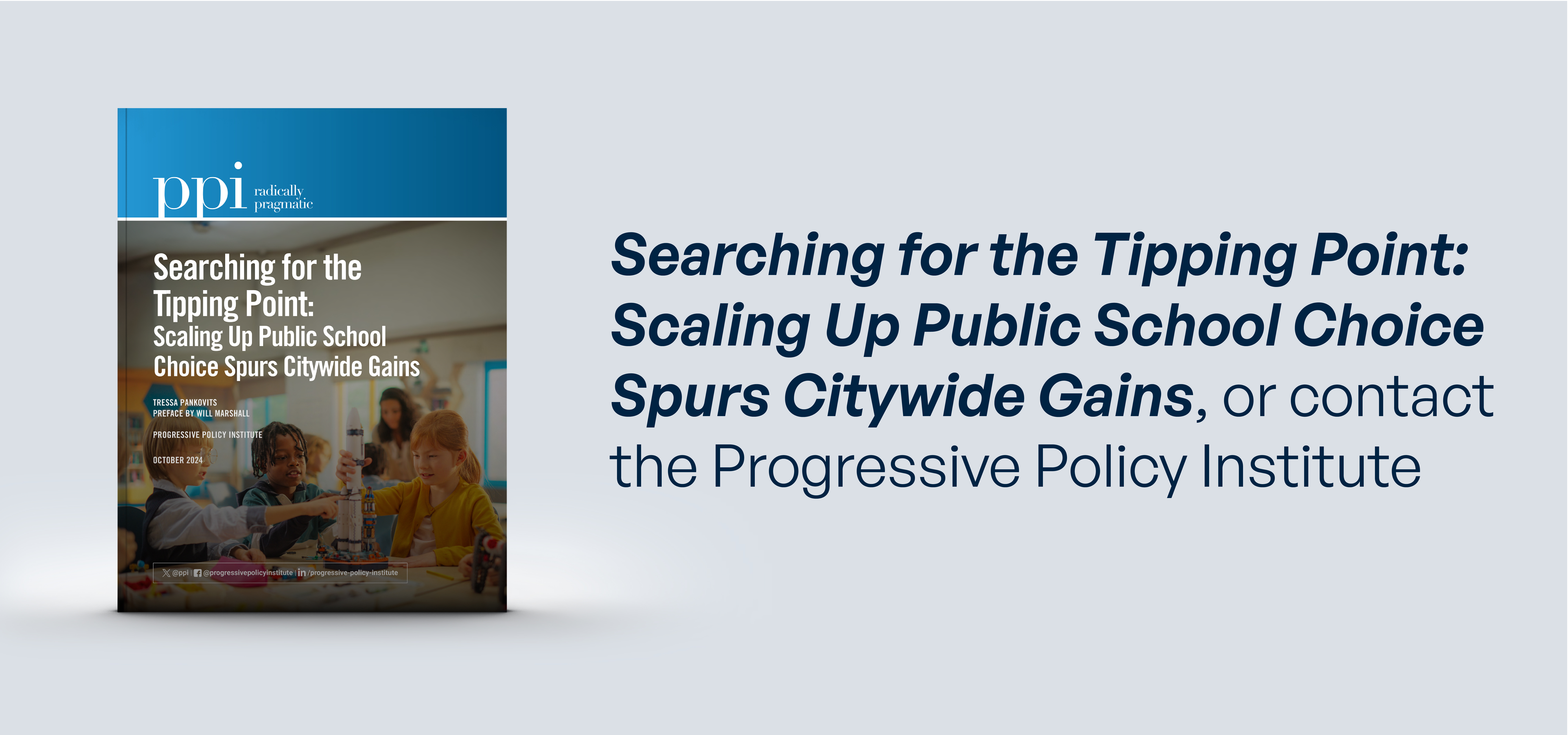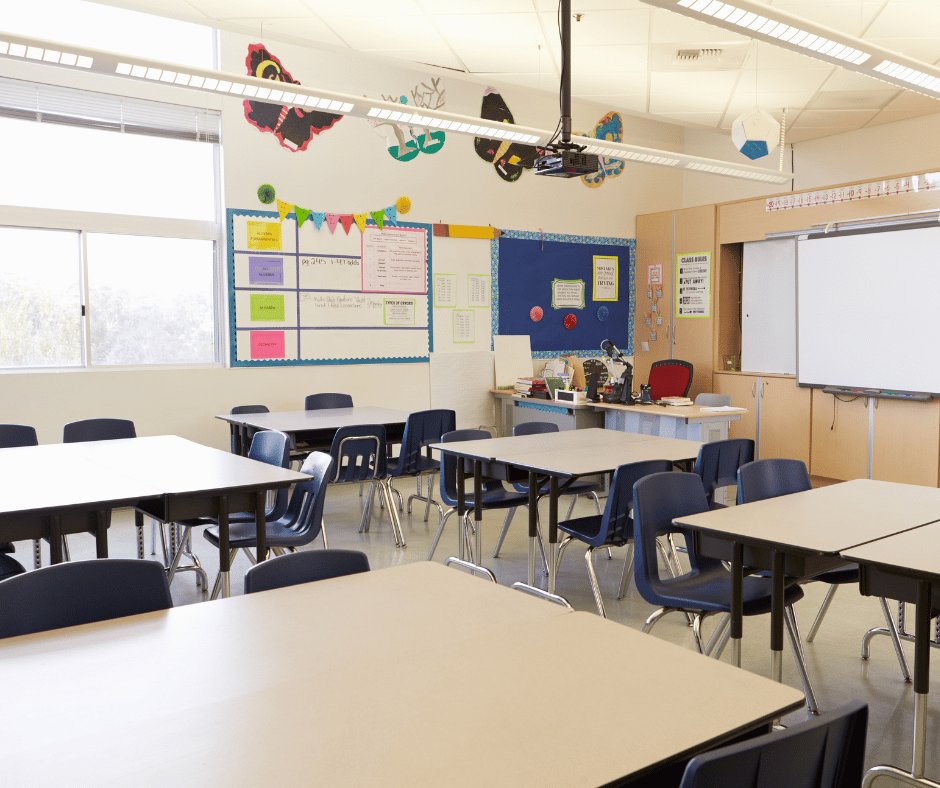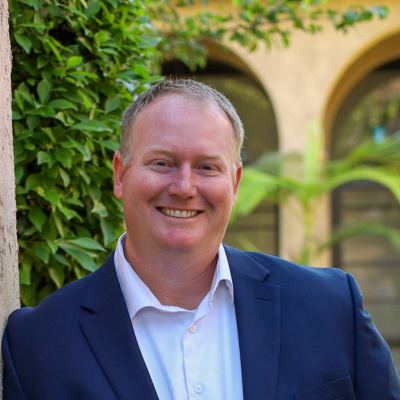Engaging elected officials can be a powerful way for charter schools to raise awareness, gain support, and build lasting partnerships. While a robust VIP program is an essential component, strategic engagement extends beyond that. Here’s how school leaders can maximize these relationships:
1. Collaborate with State Charter School Association Leaders
Get to know the priorities of your state charter school association leaders. These leaders often advocate for policies that directly impact your school’s operations. By aligning your efforts with their agendas, you can contribute to broader policy initiatives while advancing your school’s goals.
Ask yourself: How can my school support and inform these efforts? Share ideas, provide data, or participate in advocacy events. Schools that actively engage with associations by offering support—whether through committee involvement or hosting events—build stronger, mutually beneficial relationships with these leaders.

2. Engage Proactively with Elected Officials
Charter laws are crafted at the state level but implemented locally. Understanding the needs and priorities of state and local officials allows you to strengthen relationships and elevate your school’s profile.
Leverage your expertise in areas such as charter operations or education policy to engage thoughtfully with these officials. Your school’s VIP programs—designed to connect parents and community members with your mission—can also be repurposed to introduce elected officials to your school. Give them a close-up view of your operations, innovative practices, and student success stories to foster deeper understanding and advocacy.
3. Capitalize on National Charter Schools Week and Other Events
Events provide excellent opportunities to showcase your school’s impact and educate lawmakers. During National Charter Schools Week, for instance, invite all elected officials representing your school, from mayors and city council members to state and federal legislators.
Many officials actively seek ways to connect with their constituents, making these visits mutually beneficial. These invitations should be a key part of your school’s outreach strategy, helping officials engage with students, families, and the larger school community.
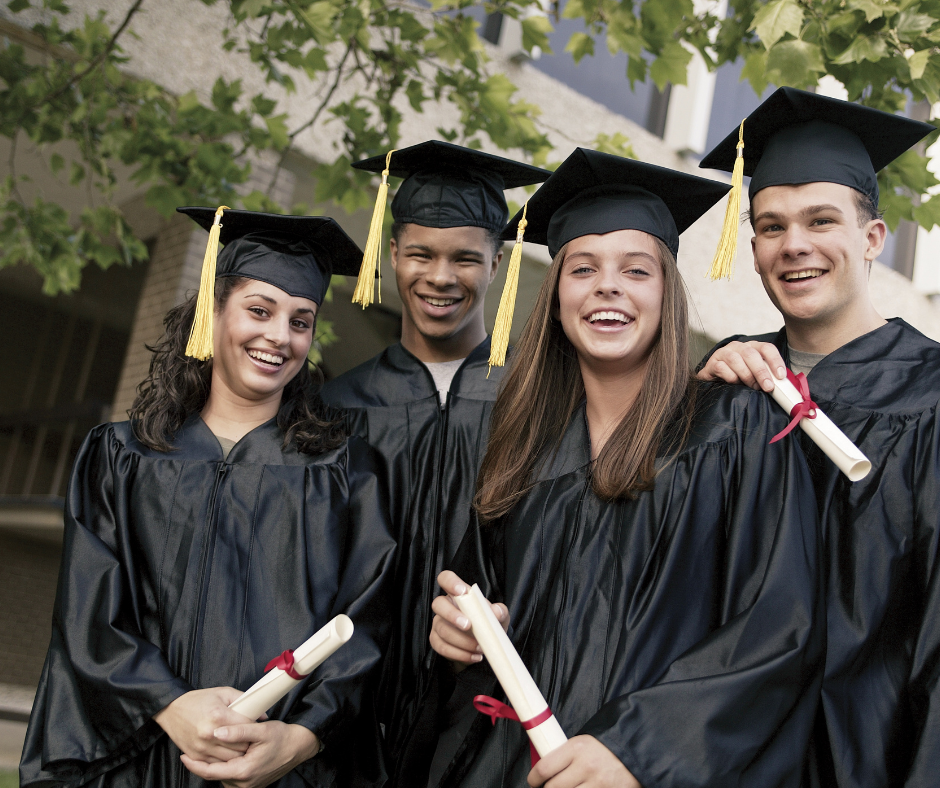
4. Highlight Student Achievements to Leave a Lasting Impression
When hosting elected officials, focus on your students’ accomplishments, innovative programs, and the broader impact of your school. Use tools like school tours, presentations, and data-driven stories to demonstrate success.
Before the visit, coordinate with your state association to determine what materials or requests to leave with the official. Whether it’s advocating for a policy change, addressing a local ordinance, or proposing an amendment, ensure the lawmaker departs with a clear understanding of your needs. Add them to your mailing list to maintain the connection.
5. Foster Relationships with Federal Representatives
Building strong ties with federal representatives can amplify your advocacy efforts. Senators and members of Congress are eager to learn about high-performing schools in their districts. They can also play a critical role in federal legislation affecting charter schools and influence grants that can reach your schools.
Collaborate with organizations like the National Alliance for Public Charter Schools to access tools and resources for federal advocacy. These might include guidance on grant applications, insights into funding opportunities, and support for advancing specific policy goals.
Engaging with elected officials is about more than raising awareness—it’s about building partnerships that support your school’s mission while advancing the charter sector as a whole. With a strategic approach, school leaders can drive meaningful change for their communities while helping boost the charter school brand!
About the Author
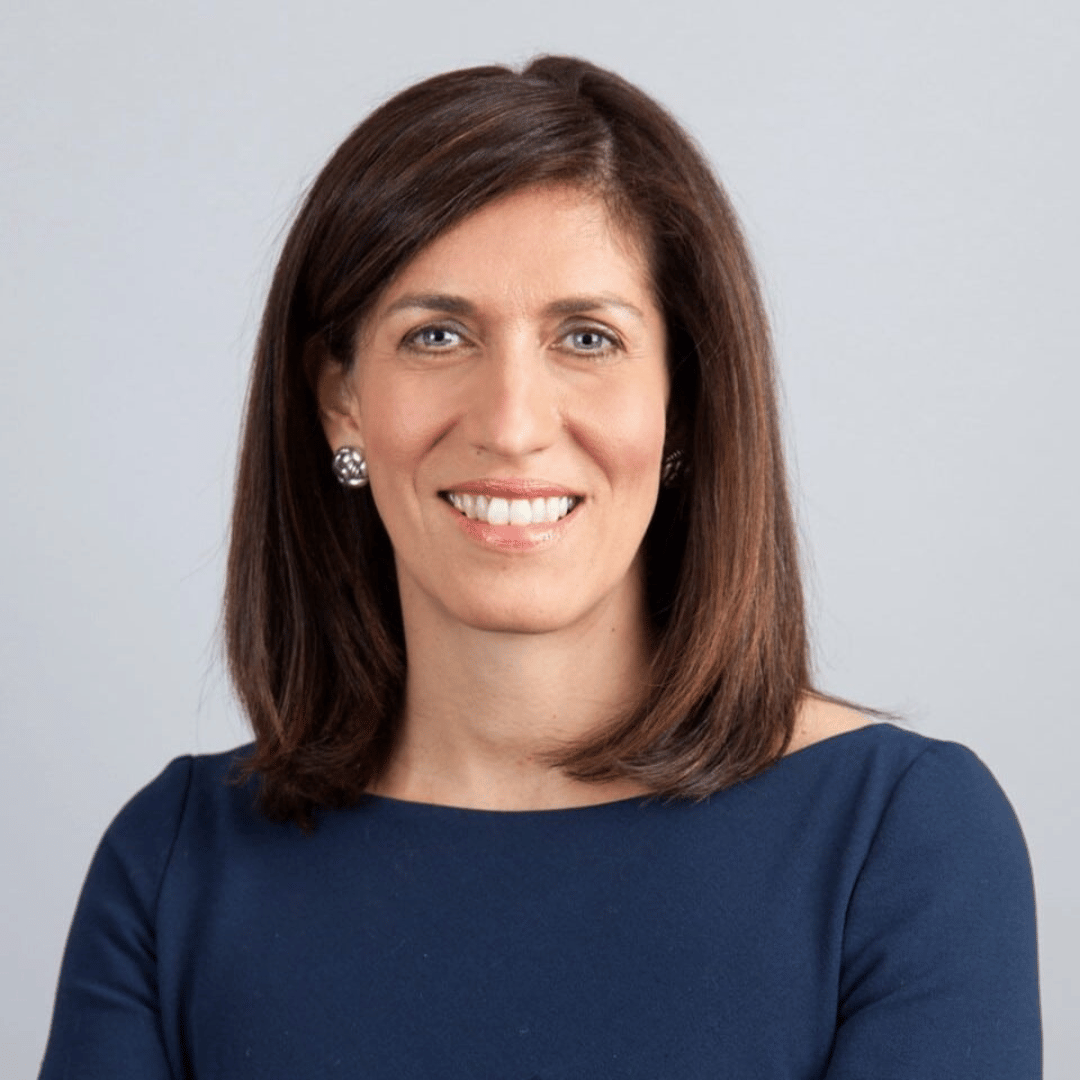
Nina Rees is the former President and CEO of the National Alliance for Public Charter Schools. With over 20 years of experience in education policy, she has been a leading advocate for expanding high-quality charter schools across the country. Previously, Nina served in senior roles at the U.S. Department of Education and in the White House, where she helped shape national education initiatives. She is a recognized thought leader dedicated to increasing educational opportunities for all students.

